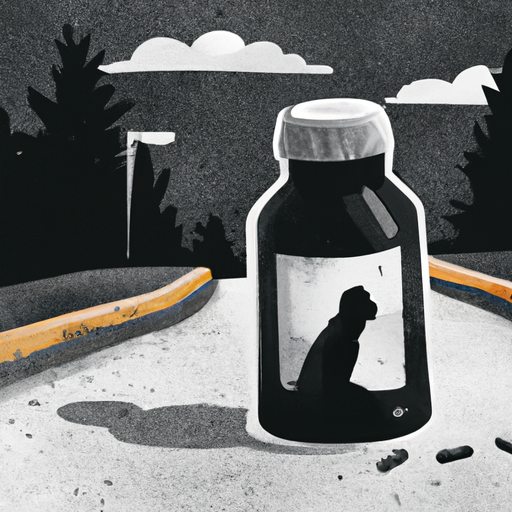The Opioid Crisis and its Effect on Canadian Communities
The ongoing opioid epidemic continues to claim lives and disrupt communities across the country. As we strive to mitigate the devastating impact, understanding the gravity and intricacies of the situation is more important now than ever. The Partnership for New Models of Virtual Health (PNMVH) recently published an article detailing the challenges and potential solutions to the Canadian opioid crisis. This comprehensive analysis provides a fascinating perspective on the intricacies of the crisis, from the tragedies and devastating effects it incites, to the innovative efforts being made to combat it.
Unmasking the Effects of the Opioid Crisis
The opioid crisis, one of Canada’s most pressing public health issues, has affected an alarming number of individuals and communities. The escalating number of opioid-related deaths and hospitalizations is indicative of the extent of the problem.
Additionally, the opioid crisis is intricately intertwined with arising social issues, such as homelessness and crime, thereby amplifying its catastrophic impact. The economic repercussions, although not as directly visible, are no less profound, burdening the healthcare system and straining resources.
Opioids and Public Health
The Canadian opioid crisis primarily revolves around the misuse of pharmaceutical opioids and the consumption of illicitly produced fentanyl and its analogues. The surging death toll is a sobering indicator of the extent of this crisis. In fact, opioids were involved in almost 78% of accidental apparent opioid-related deaths in 2019 alone.
Efforts to Combat the Opioid Crisis
Despite the grim reality, numerous strategies are being implemented to combat the opioid crisis. In particular, the Canadian federal government has undertaken substantial actions, resulting in the large-scale distribution of naloxone – a life-saving medication known to reverse the effects of an opioid overdose within minutes.
Another promising approach summarized in the PNMVH article, is the mHealth (mobile health) program. Telehealth interventions, such as apps and online platforms, have immense potential to provide essential services to those suffering from opioid use disorder, as well as their caregivers. This includes offering support services, facilitating medication-assisted treatment, and even managing chronic pain without reliance on opioids.
Canadian Opioid Abatement Class Action
On the legal front, the Canadian opioid abatement class action serves as a promising pushback against the opioid crisis. The lawsuit targets over forty opioid manufacturers, wholesalers, and distributors, seeking billions of dollars in damages, driven by the belief that these corporations played a significant part in fuelling the present crisis.
Key Points
- The opioid crisis presents a significant challenge to public health, increasing morbidity and mortality rates while catalysing related issues such as homelessness and crime.
- The Canadian federal government and various organizations have responded assertively, with initiatives like naloxone distribution and mHealth interventions.
- Legal actions like the Canadian opioid abatement class action may prove instrumental in allocating resources and accountability for the opioid crisis.
Conclusion
The opioid crisis has undoubtedly taken a tremendous toll on Canadian communities and individuals. However, the concerted efforts to combat it present significant strides in dealing with this unprecedented epidemic. The use of naloxone, the potential of mHealth programs, and the impact of class actions make evident that a multifaceted, all-inclusive approach is essential to effectively respond to this crisis. By mobilizing resources across local, provincial, and national levels, and leveraging technology alongside legal and policy initiatives, Canada stands resilient in the face of the opioid crisis.
